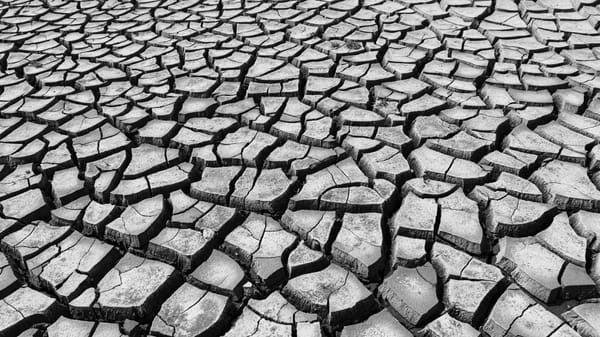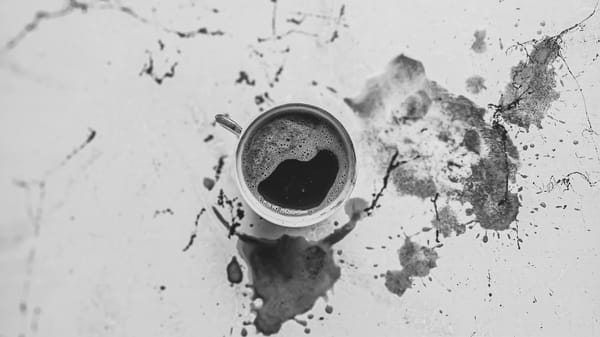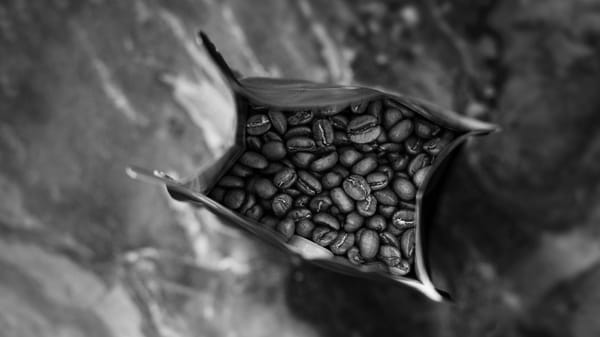SO WHAT IS A FLAT WHITE, EXACTLY?

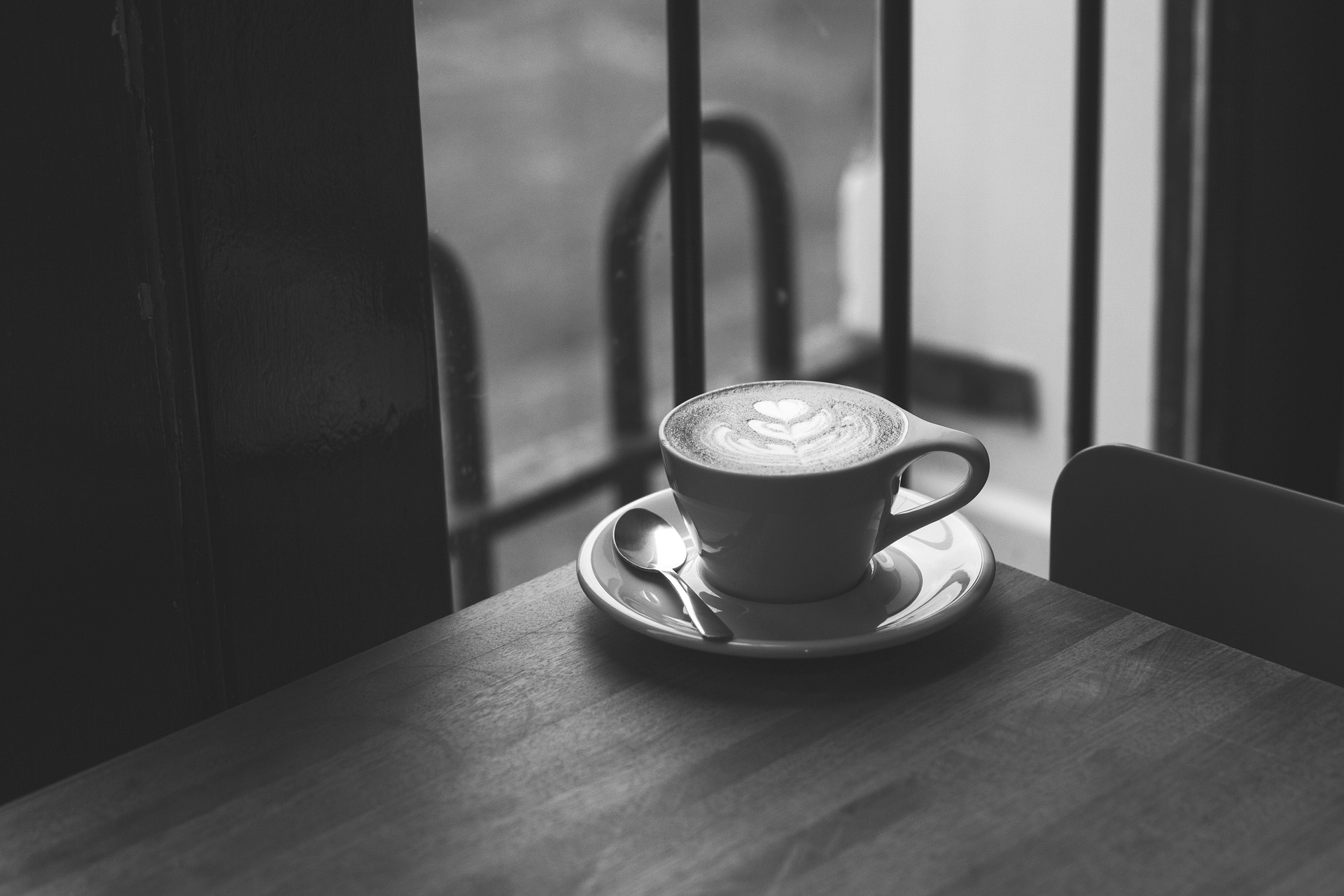
Latte. Espresso. Cappuccino. These are all familiar, perhaps even comforting words. They conjure up images of hip London coffee shops; Italian street cafes; cosy conversations with friends. And it’s clear what those words mean: we can all close our eyes and picture exactly what each word denotes.
Other coffee-and-milk drinks are slightly more complicated. For example, the word macchiato has been hopelessly corrupted ever since Starbucks began selling ridiculous coffee milkshakes and needed a fancy-sounding Italian name. A traditional macchiato is a shot of espresso with a small dollop of foamed milk on top (macchiato literally means “stained” in Italian, as in “stained with milk”).
Now close your eyes and picture a flat white. What do you see?
Probably something vaguely latte-ish, hopefully with a rosetta or tulip artfully inscribed on top.
Over the years the definition of a latte or a cappuccino has, for the most part, been accepted. They might change slightly with the times, but you’re still likely to get what you expect when you order either drink in most specialty cafes. The flat white is relatively new, so it’s understandable that there might be some confusion at first over what exactly it entails.
And now Starbucks is serving (a version of) them, and over here Costa too. But nobody seems to know exactly what one is or how to define it.
So just what is a Flat White?
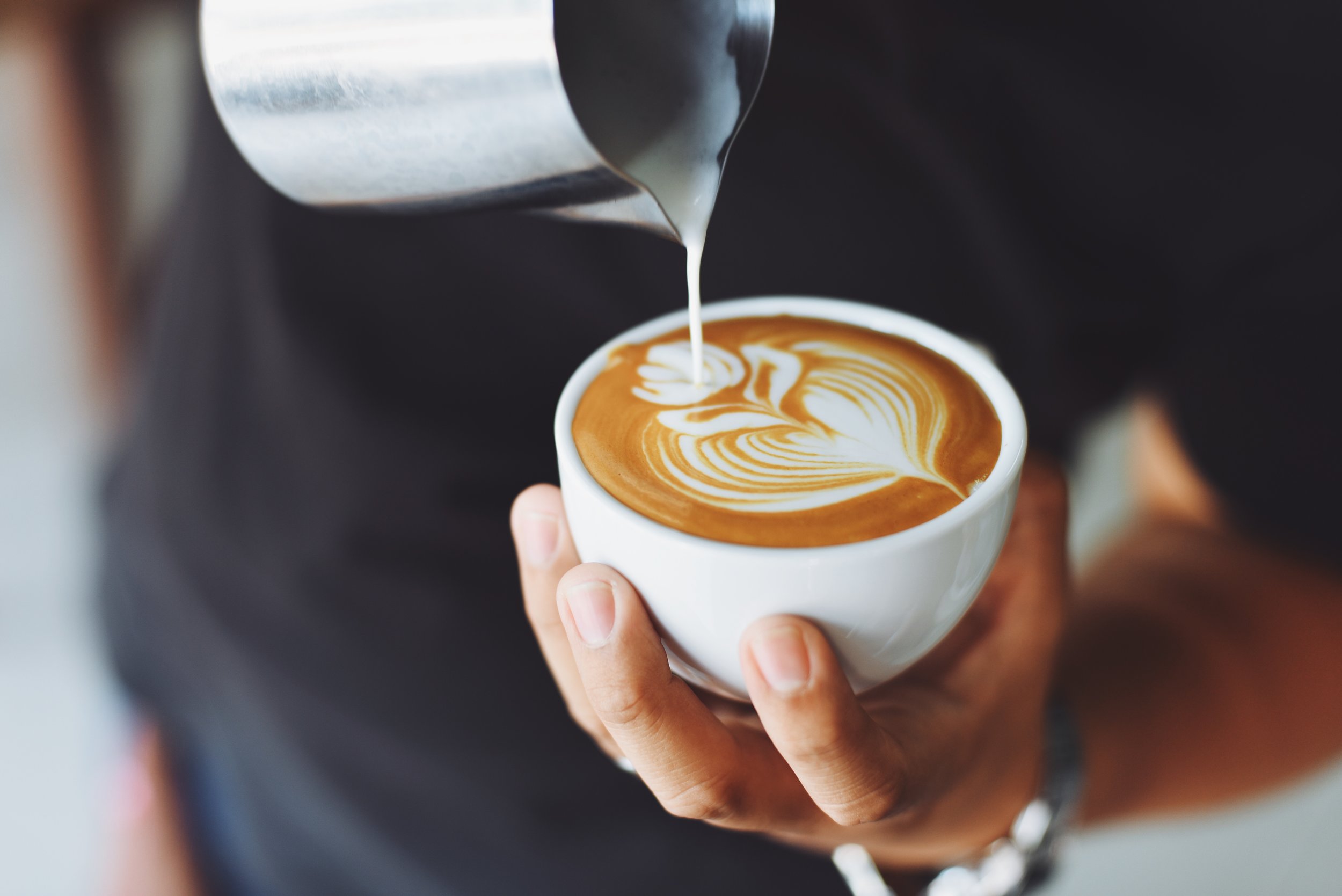
The flat white was invented in Australia in the 1980s. Or possibly in New Zealand in the 1980s. The origin is disputed, but it stayed mostly Antipodean until a few years ago, when rumours of this semi-mythical drink started percolating through the U.S. speciality coffee world.
Finding an agreed-upon definition of what constitutes a flat white, however, is trickier.
To begin with, a simple Google search brings up Wikipedia, font of all (virtual) knowledge. It states: “A flat white is an espresso based coffee beverage. The beverage is prepared by pouring microfoam (steamed milk consisting of small, fine bubbles with a glossy or velvety consistency) over a shot of espresso.” Ok, that’s a start.
The coffee website Sprudge, in their comprehensive and quite excellent article on the subject, says: “An Antipodean Flat White is a small-ish drink in a cappuccino cup with two shots of espresso and barely more than a bit of foam.”
Peter J. Thomson from Coffee Hunter looked into it in depth in 2012, and concluded, “To me, a Flat White is simply a medium sized espresso with milk where the coffee does the talking.”
James Hoffman, writer and co-founder of Square Mile Coffee, calls it “essentially a small, strong latte.”
This is all quite unclear. It’s espresso, milk, and maybe foam. It’s small, but how small? In need of further clarification, I asked various coffee professionals, from the UK as well as the Antipodes, for their definition.
Will Sumner, from Steampunk Coffee in North Berwick, put it thusly: “For me, it's about the ratios. A double shot of espresso in a 6 oz cup combined with thinly steamed milk. It's a very pleasurable combination of sweet and sweet: espresso and milk.”
Heather Thomson, roaster and barista trainer at Glasgow’s Avenue Coffee, said: “A double shot of espresso topped with thinly textured steamed milk. By all accounts it’s not much different to a latte except it’s smaller in size. Same amount of espresso but less milk, which allows the characteristics of the coffee to carry through the milk easier.”
Brad Bauder, barista trainer and writer for Perfect Daily Grind, said: “A flat white offer[s] the same ratio as a latte, but with significantly less microfoam. The steaming of less microfoam also results in a flatter taste. I’ve been told it’s wrong, I’ve been told it’s perfect.”
Matt Graylee from Flight Coffee in Wellington, New Zealand, called it: “A type of coffee made with espresso and steamed milk, but with less froth than a typical cappuccino. It is usually made with a double shot of espresso and has a higher coffee to milk ratio than a latte or cappuccino.”
I think it’s pretty clear that nobody can truly agree on what a flat white is.
The consensus seems to be that it is espresso and steamed milk in varying ratios, but generally smaller than a latte and with milk less thick than in a cappuccino.
So, to quote James Hoffman again: “essentially a small, strong latte.”
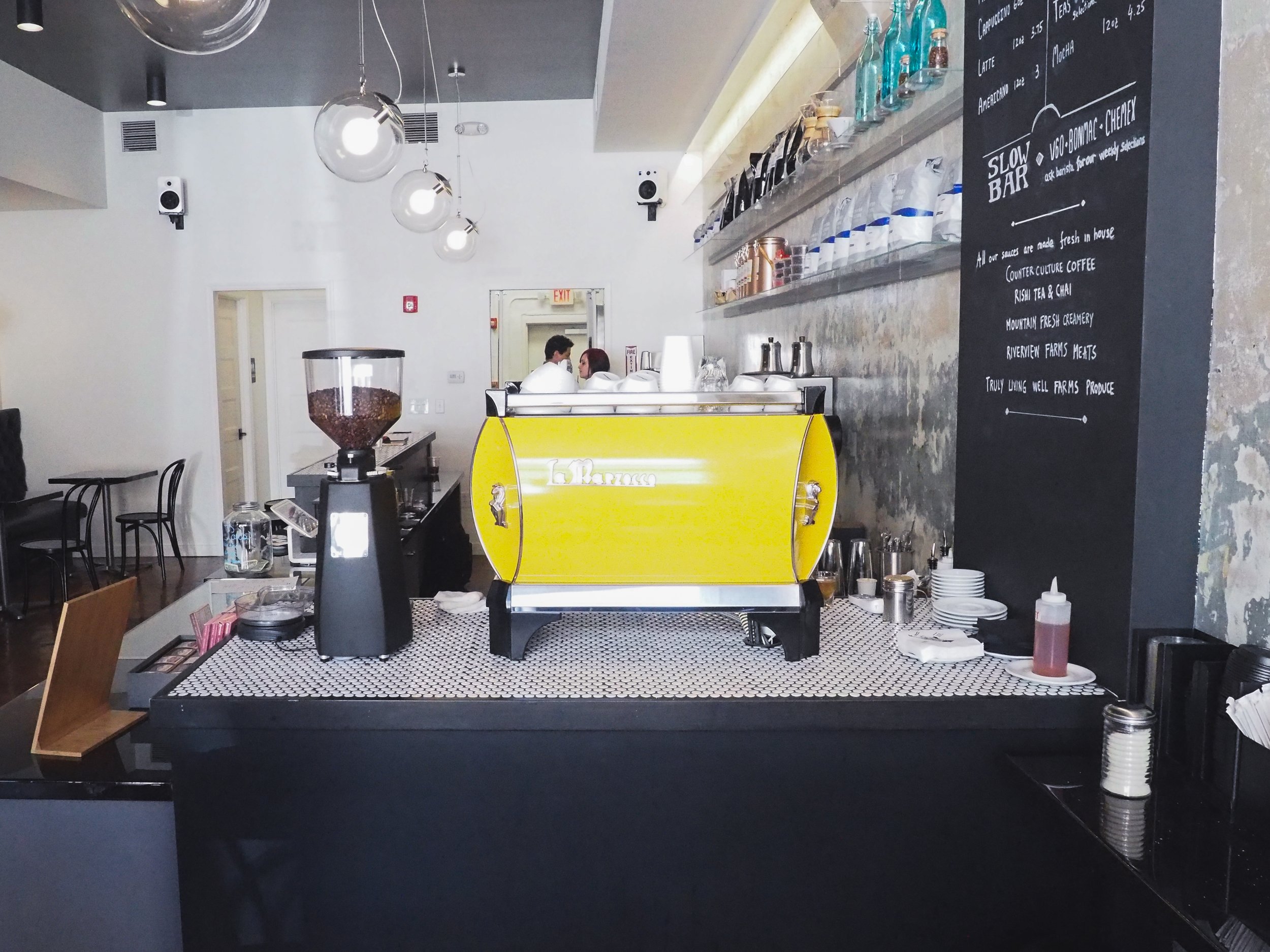
Due to the relative youth of the specialty coffee industry in its present form, a lot of definitions for things like drinks (as well as roast levels and sourcing practices) are still being worked out. This partly explains the confusion surrounding the flat white.
The industry, too, is made up mostly of independent practitioners, all going about their business in their own way, experimenting and making adjustments as they go. This means that two coffee shops can have two different definitions of the same drink, due to their owners’ personal interpretations.
Until there’s a recognised industry standard for coffee drinks, this ambiguity will doubtless persist.
The final question, then, is this: does it even matter if there’s no agreed standard for a flat white?
Well, in the grand scheme of things the answer is obviously no; there are far more important things going on in the world. But, in the small and rather more tranquil coffee world, questions of what to call drinks and how to communicate with customers are important.
It’s difficult enough at the best of times to walk into a fancy third wave coffee bar and order a drink. Speaking from experience, it can be a stressful and awkward experience, and much of the time you’re left with a feeling of inadequacy for not knowing as much as the barista. Adding another drink option merely adds to the bewilderment for many people.
At this point the flat white, at least here in the UK, seems doomed to join the ranks of the other specialty beverages that have been co-opted by the big chains and turned into just another dismal coffee abomination (hello again, macchiato!)
But hopefully, at the very least, the term can continue to be used as a shorthand for people, such as myself, who would occasionally like an espresso-plus-milk drink but would rather not have their coffee drowned in a bucket of milk, thank you very much.
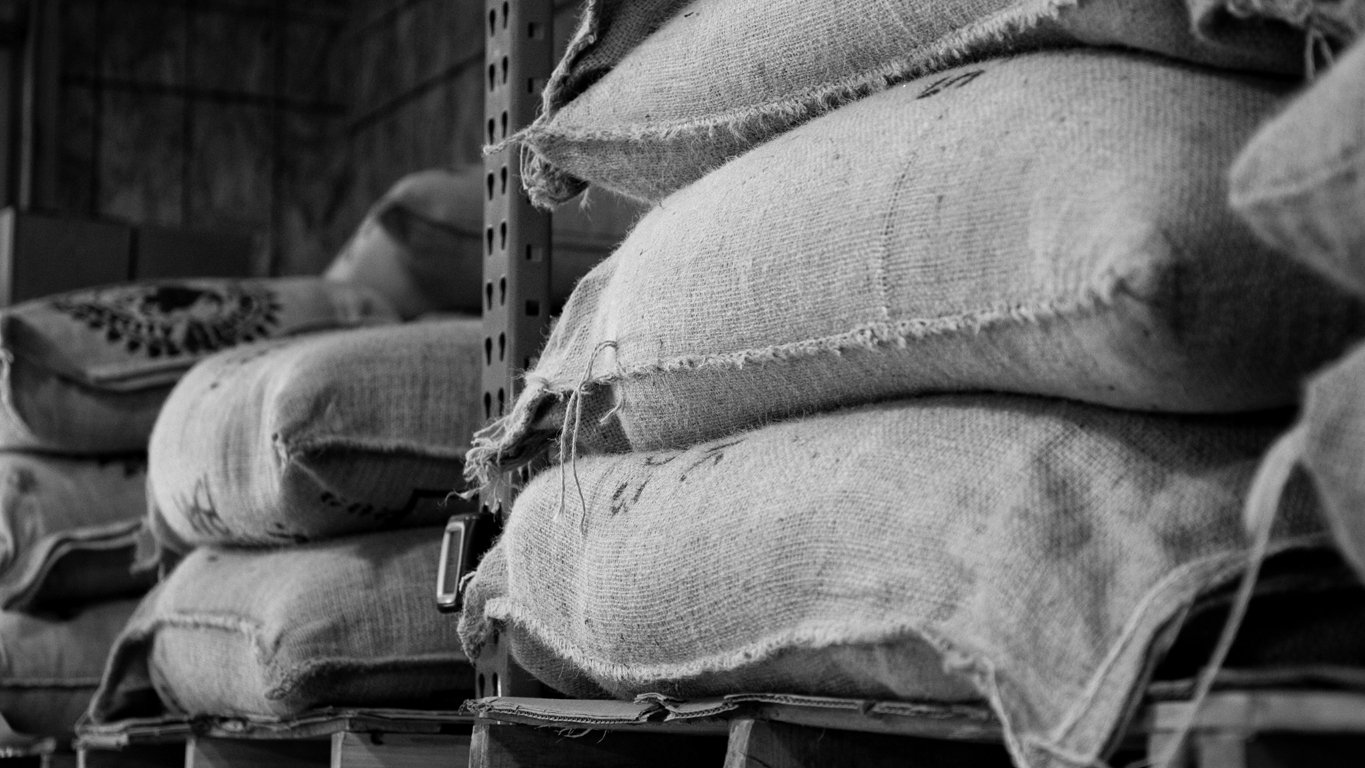
Nov 24, 2023 Connecting the Dots: Inside the 2023 Coffee Barometer Nov 24, 2023 Nov 24, 2023
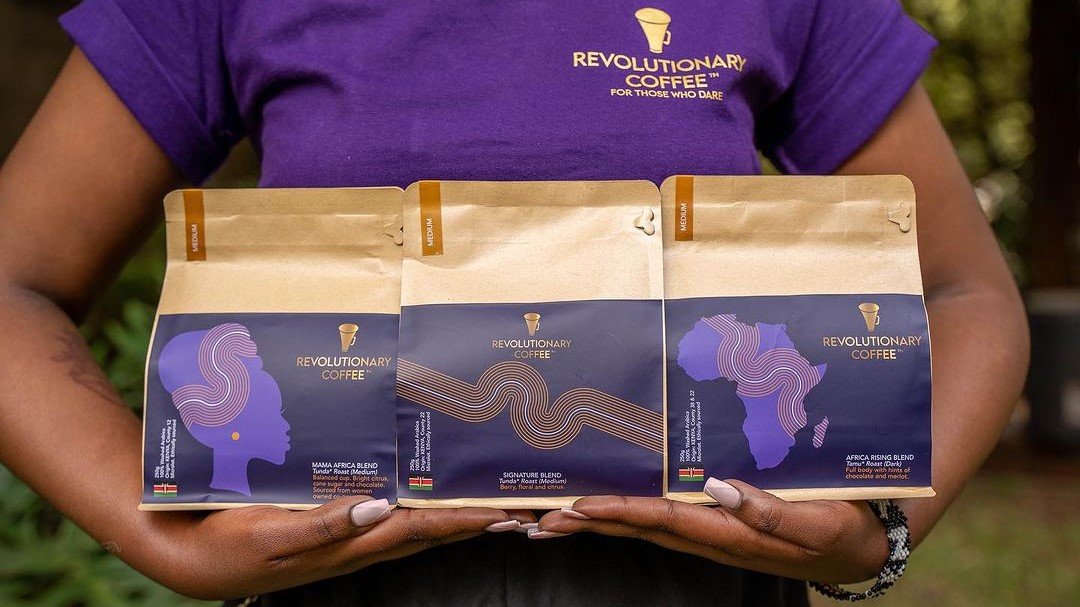
Oct 21, 2023 'Specialty Coffee Should be Enjoyed by Those Who Grow It': The Farmer's Daughter Joining Kenya's Coffee-drinking Revolution Oct 21, 2023 Oct 21, 2023
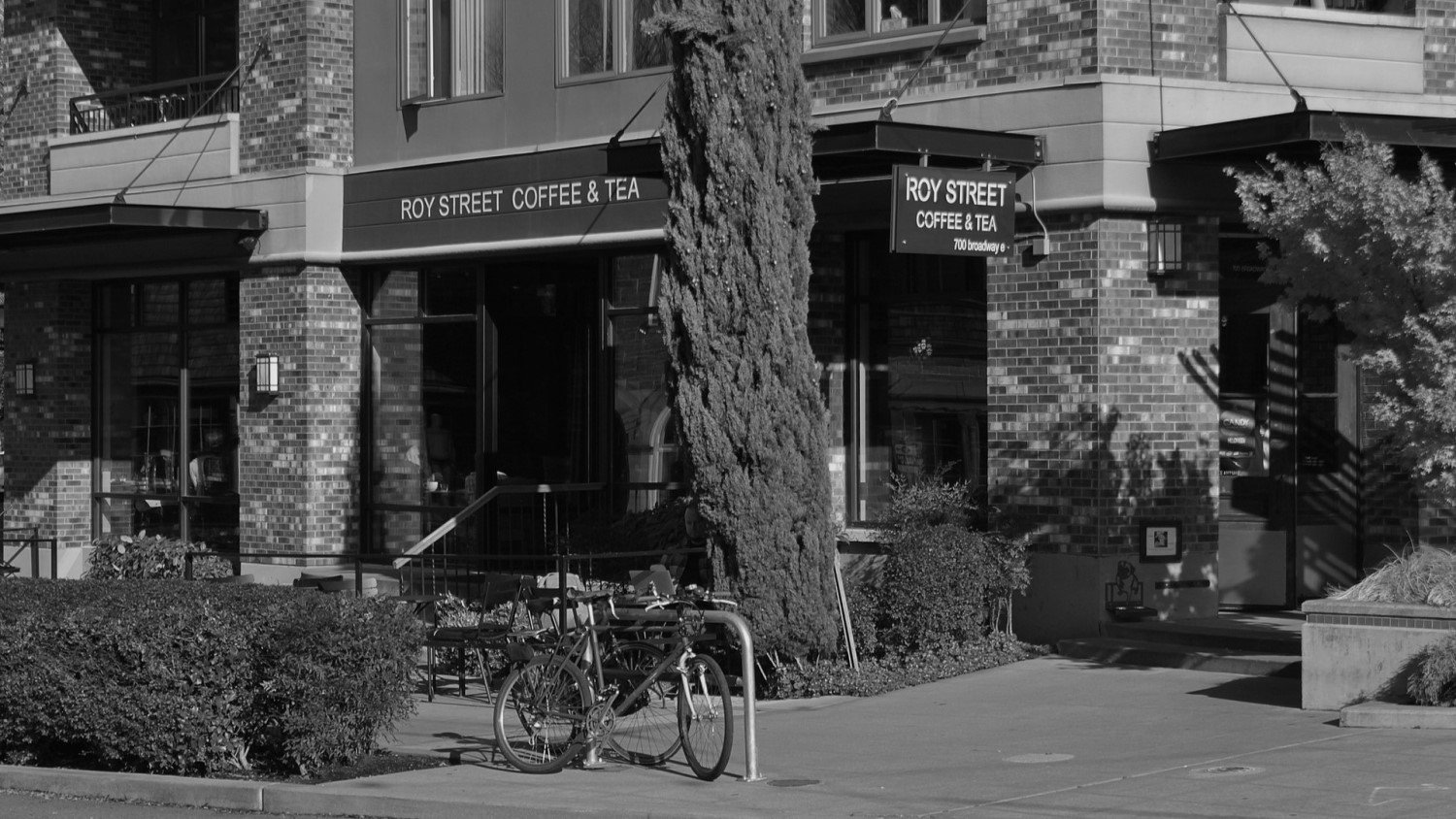
Oct 6, 2023 Stealth Starbucks: A Premonition of Modern Specialty Coffee Oct 6, 2023 Oct 6, 2023
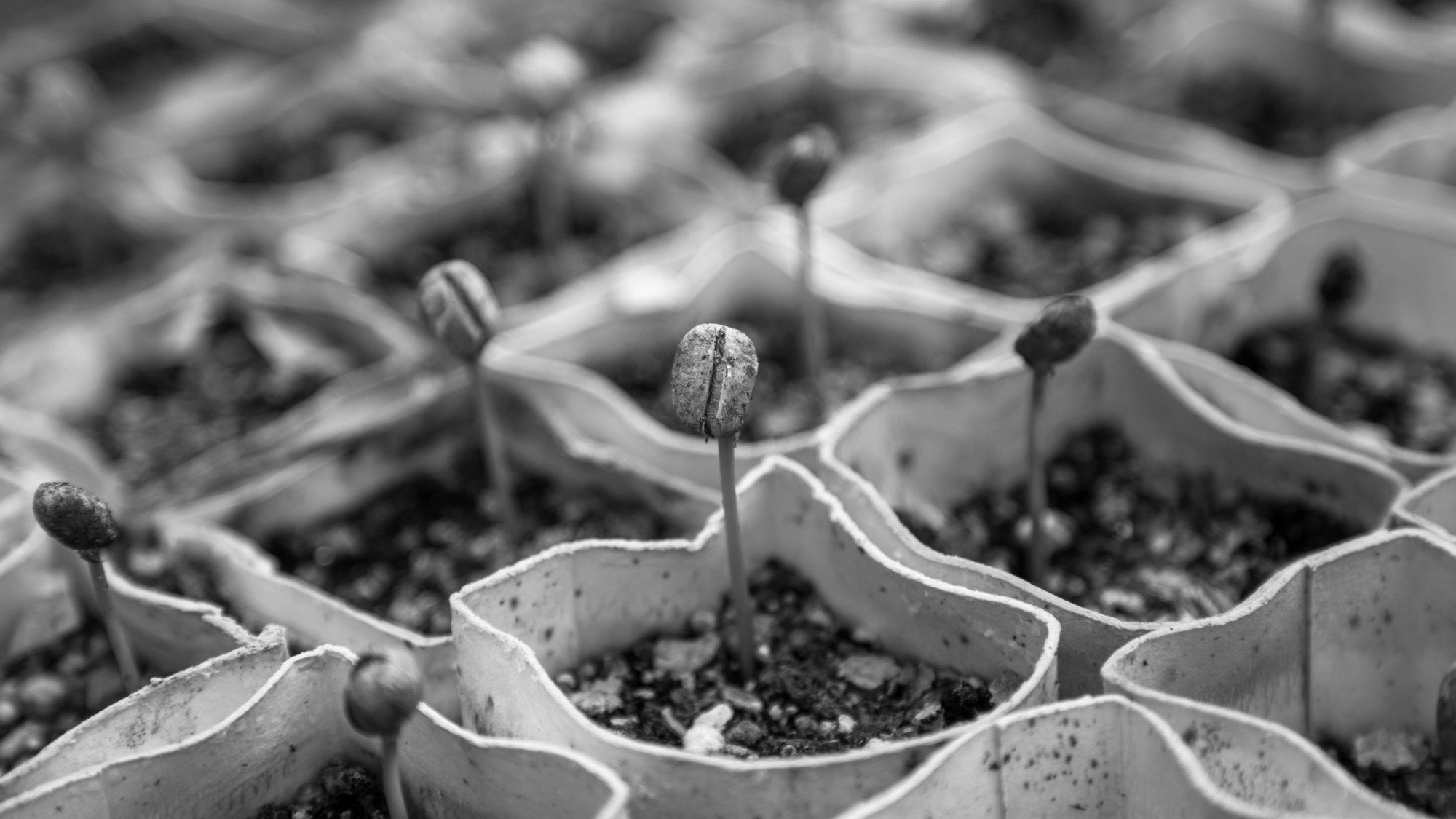
Sep 22, 2023 Can the Coffee Change Fund Save Coffee? Sep 22, 2023 Sep 22, 2023
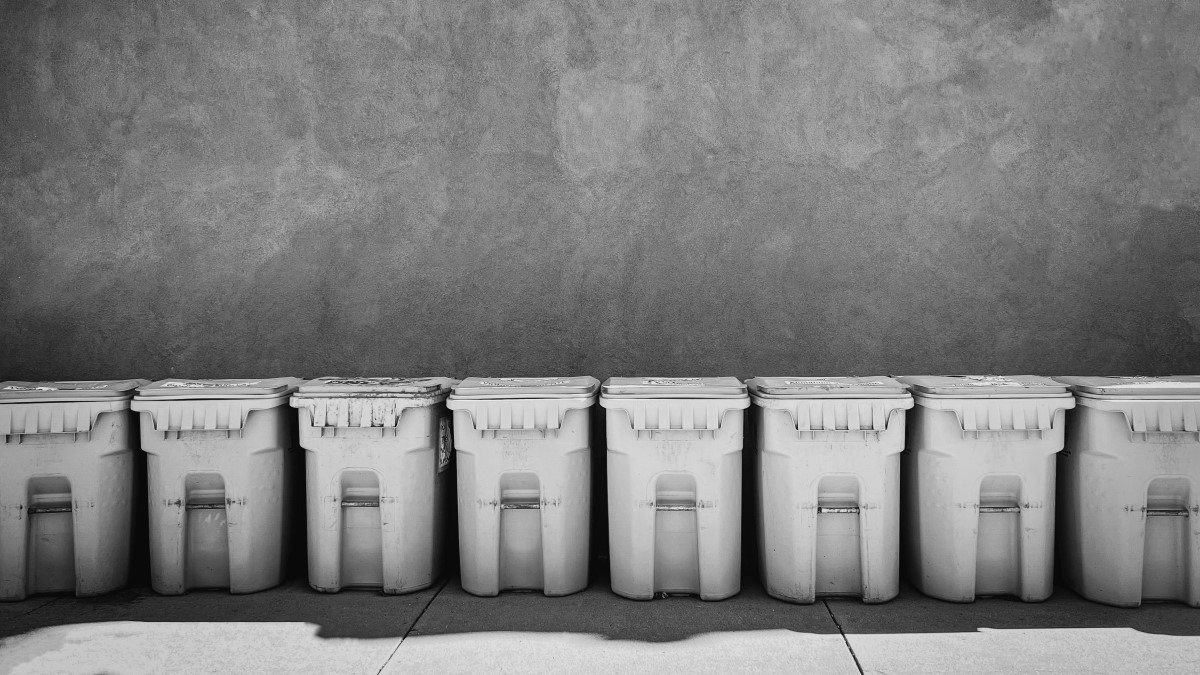
Sep 8, 2023 Upcycled Coffeewashing Sep 8, 2023 Sep 8, 2023
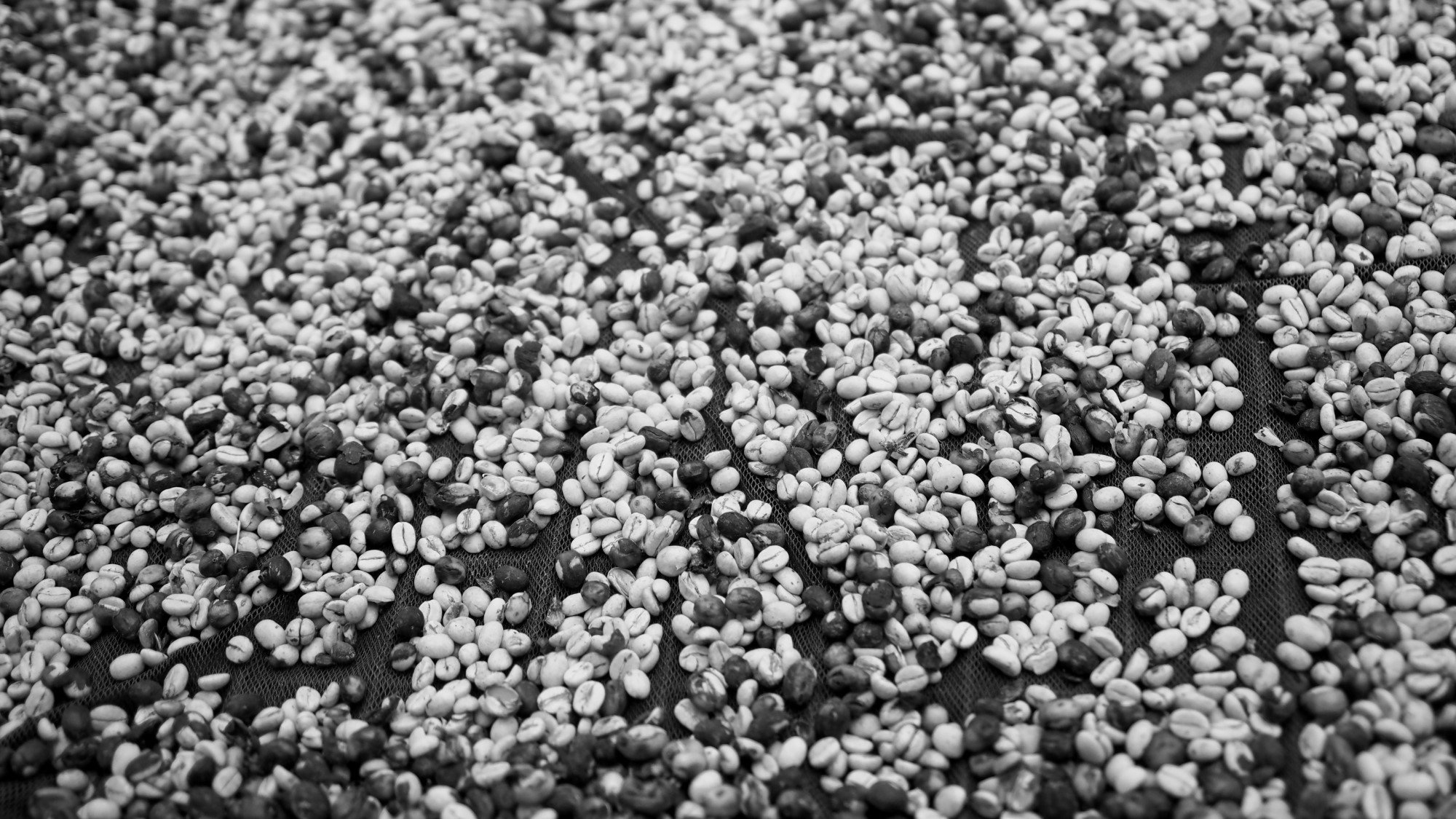
Aug 25, 2023 From A Concerned Farmer Aug 25, 2023 Aug 25, 2023
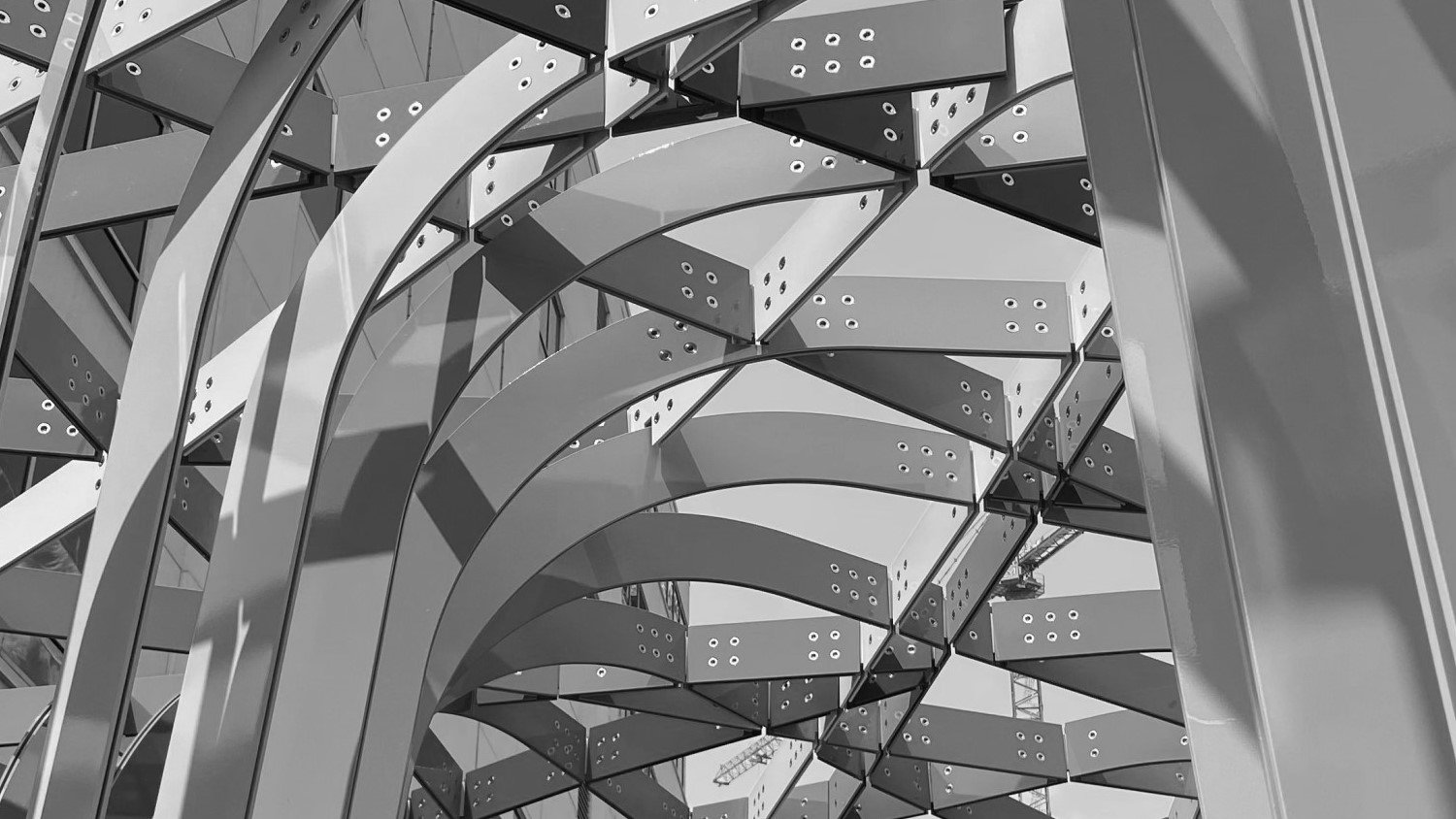
Aug 11, 2023 Philly is a (Coffee) Union Town Aug 11, 2023 Aug 11, 2023
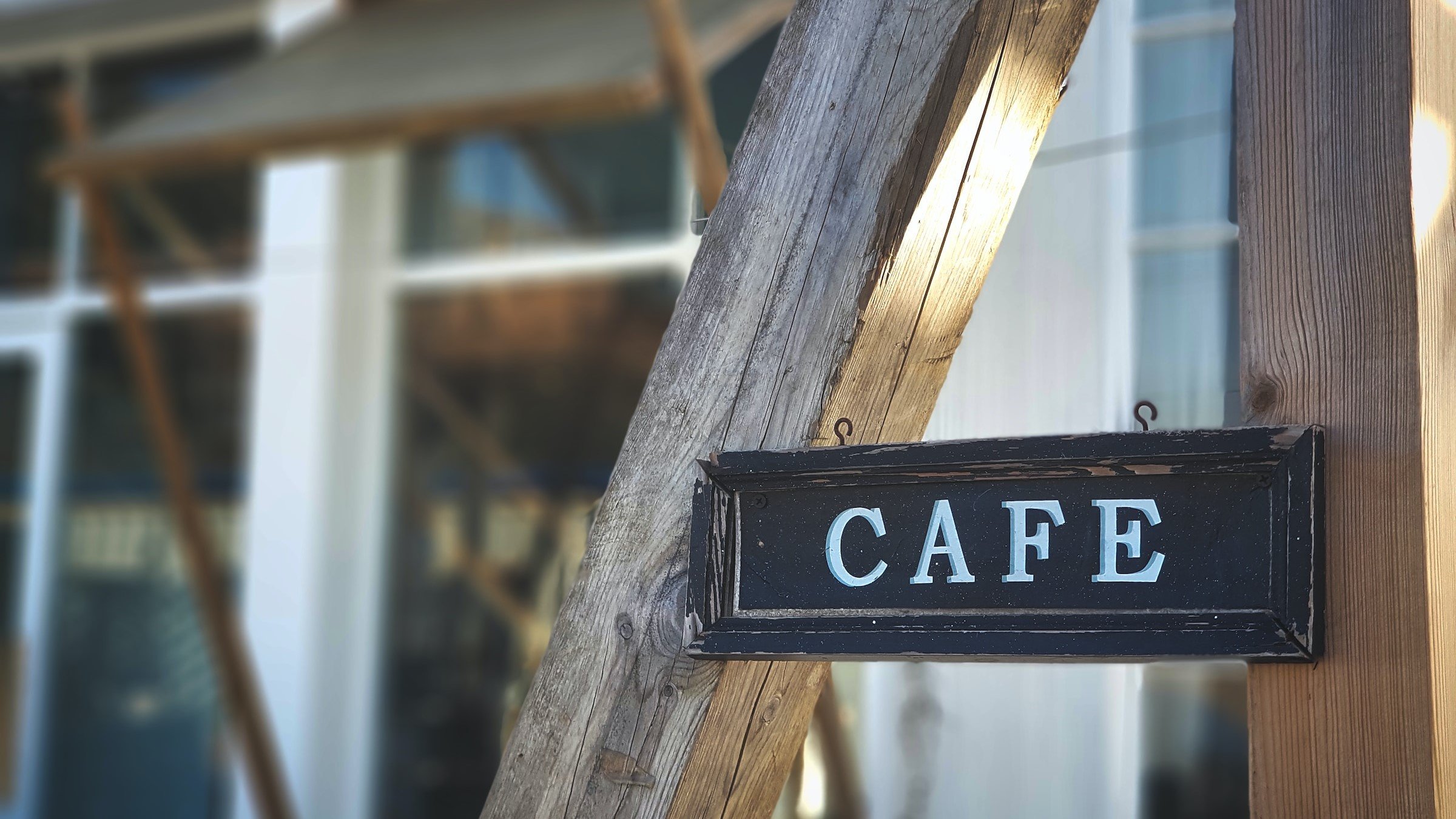
Jul 28, 2023 South Korea's Coffee Wars Jul 28, 2023 Jul 28, 2023
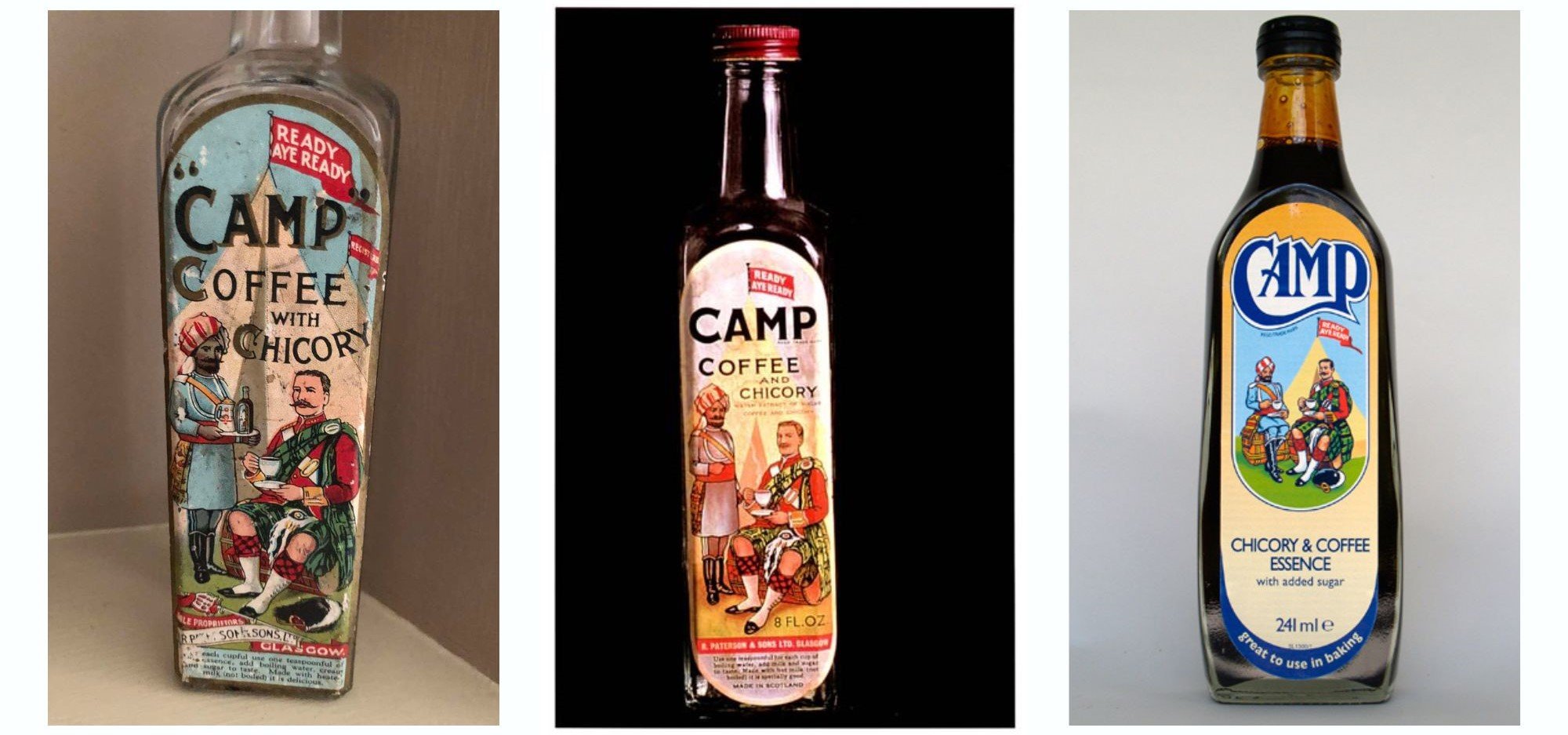
Jul 14, 2023 Camp Coffee, Colonialism, and the Evolution of a Brand Jul 14, 2023 Jul 14, 2023
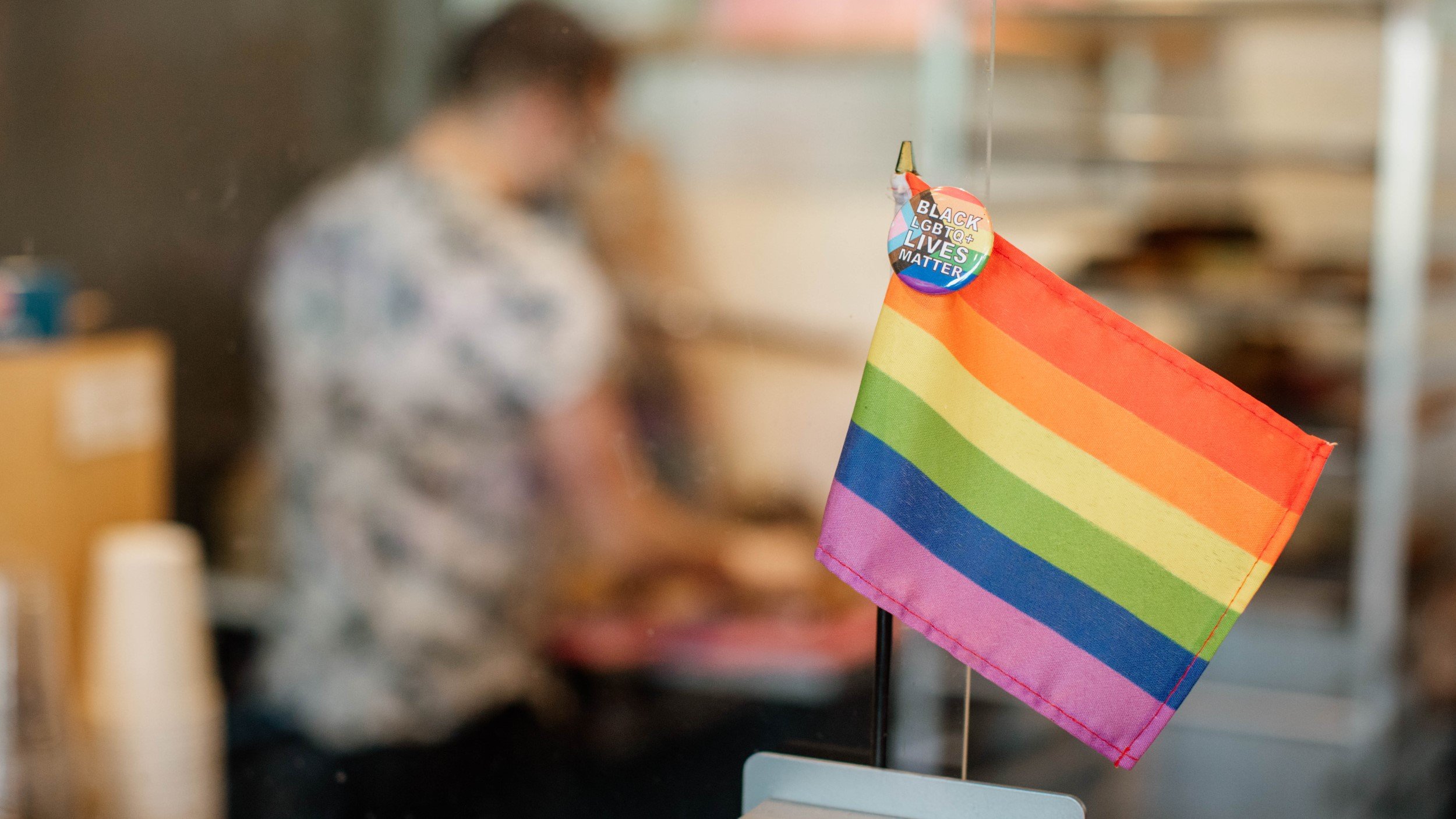
Jun 30, 2023 Defiance and Gay Frog Donuts: How Strange Matter Coffee is Navigating the Anti-LGBTQ+ Backlash Jun 30, 2023 Jun 30, 2023


